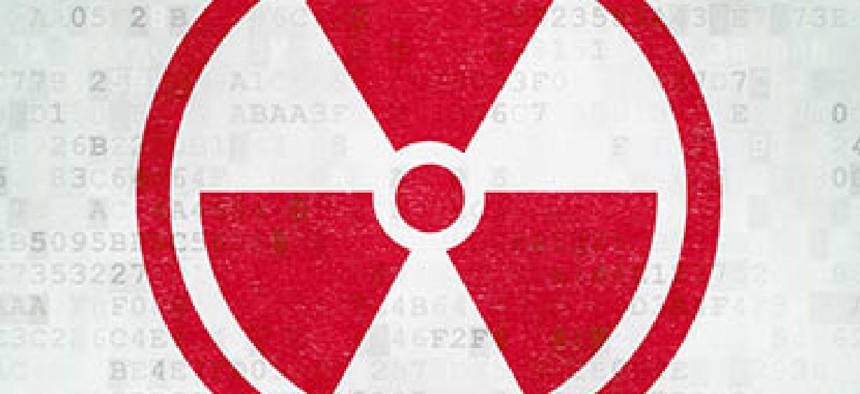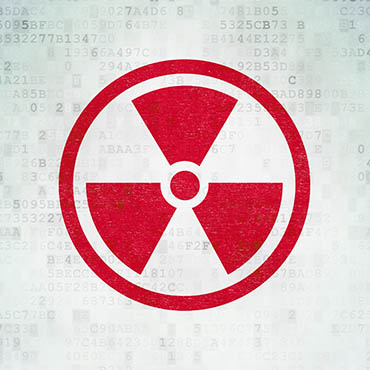Congress talks port security and smuggled nukes

Comprehensive cargo scanning remains elusive, but technology could help detect the most dangerous contraband.

Lawmakers said an undetected radiological weapon smuggled into a U.S. port inside a cargo container is at the top of the list of homeland security nightmares.
"We're at a threshold of having nuclear material available worldwide" that could find its way into the hands of terrorists who are willing to use it, said Rep. Duncan Hunter (R-Calif.), chairman of the Transportation and Infrastructure Committee's Coast Guard and Maritime Transportation Subcommittee.
"We're in a relative safe zone now," but that will change in five to 10 years, he added. He made the comments during a joint hearing of his subcommittee and the Homeland Security Committee's Border and Maritime Security Subcommittee on July 7.
Customs and Border Protection is tasked with checking 100 percent of maritime cargo for potential threats -- a goal that was supposed to have been met by 2012 but has been delayed repeatedly. The Department of Homeland Security requested another extension on May 2 and issued a request for information to the private sector to widen its options.
To detect potential threats before a vessel or shipment arrives, CBP relies on radiation sensors and interlocking databases of cargo manifest information channeled through its National Targeting Center. It also has radiation detection gateways at U.S. ports and X-ray scanners that can do more detailed exams of containers if warranted.
It is just one component of DHS' efforts to stop radiological materials from being smuggled into the country. Representatives from the Coast Guard, the Domestic Nuclear Detection Office and the Energy Department's National Nuclear Security Administration also testified at the hearing about their activities.
Todd Owen, executive assistant commissioner in CBP's Office of Field Operations, told lawmakers that his agency's officers scan all cargo containers for radiation. However, he said more detailed and intensive X-ray scanning of high-risk cargo is not conducted at nearly that rate because it would slow the movement of cargo at port facilities to a crawl.
Owen said he hasn't seen X-ray technology that automatically detects those kinds of anomalies, so for now, finding radiological material that has been shielded from detection requires a human operator who can interpret X-ray images.
Rep. Janice Hahn (D-Calif.) countered CBP's reluctance to conduct more intensive scanning on all cargo containers by pointing out that a nuclear incident would slow cargo significantly and possibly even close the port.
She added that the Scan Containers Absolutely Now Act she introduced last year would open up trials at two ports to see how such scanning affected cargo traffic.
Gregory Canavan, a senior fellow at Los Alamos National Laboratory, said there is technology that can detect nuclear material without a human operator. The technology is not as good at finding lower-level radiological "trash" that might be used in a "dirty bomb," which would combine radiological material with conventional explosives, but he said it is extremely accurate at finding weapons-grade material concealed inside a shipping container.
Detectors that use fast-neutron technology offer some hope for faster, more efficient detection of such material, he added. The technology safely "excites" a nuclear weapon's radioactive source so the device sends out traces of atomic energy that can be precisely detected and analyzed.
Canavan said the technology has been around for some time and should be developed further. "After Sept. 11, people were trying hard [to develop nuclear detection capabilities], but this was skipped over. I'd like someone to pick it up and do it."
NEXT STORY: NGA makes disaster-response app public


